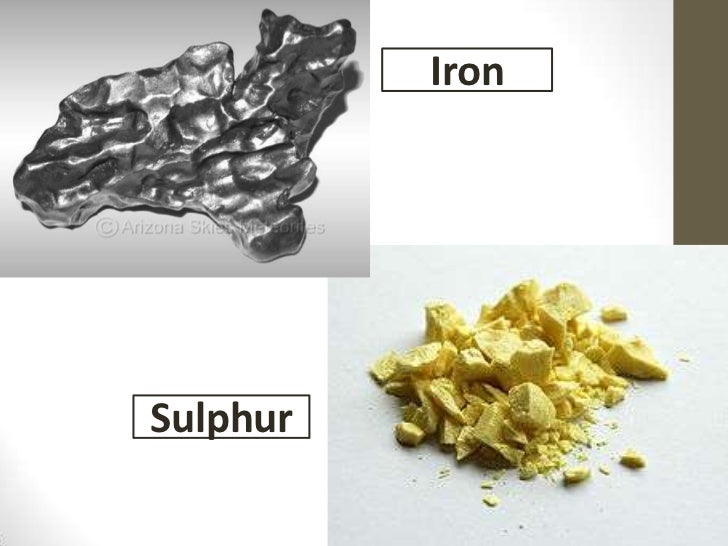
Finally, industry models are 29 times larger on average than those in academia, which highlights the difference in computing power that is available to the two groups. Since 2006, the number of research faculty members in academia has remained roughly flat, while hiring in industry has risen eightfold. Talent-wise, roughly 70% of individuals with a PhD in artificial intelligence get jobs in private industry today, compared with 20% two decades ago.

Businesses have access to large data sets because their operations naturally produce a lot of data through interactions with users and devices.

Today, roughly 70% of individuals with a PhD in artificial intelligence get jobs in private industry, compared with 20% two decades ago.Ĭonsider the inputs. In this case, the inputs are data, researchers working in the field, and accessible computing resources, while the outputs are the AI models and their quality. Like the research process itself, the dominance of industry in AI research can be explained through inputs and outputs. “You might worry that academics would get priced out in this situation, and our research is saying that’s in fact happening.” A concentration of resources and influence “Deep learning is the form of AI that has powered the revolution of the last 10 years, and underlying that success has been an incredible allocation of resources,” Thompson said. This trend raises concerns about the future of AI research that is in the public interest but may not be profitable. Industry is now taking the lead on - and influencing the direction of - basic AI research that has traditionally been the domain of academia, according to a new paper in the journal Science that was co-authored by MIT research scientist Neil Thompson, MIT postdoctoral associate Nur Ahmed, and Virginia Tech PhD student Muntasir Wahed.


 0 kommentar(er)
0 kommentar(er)
